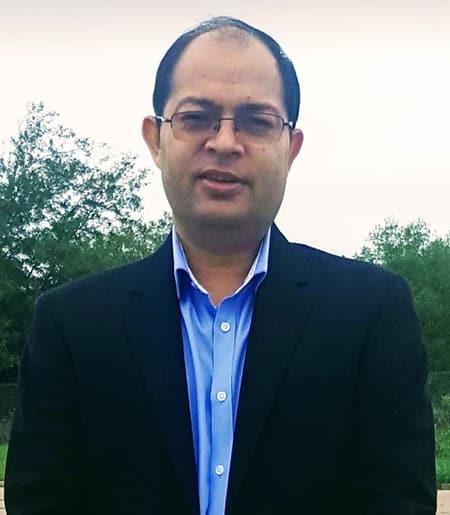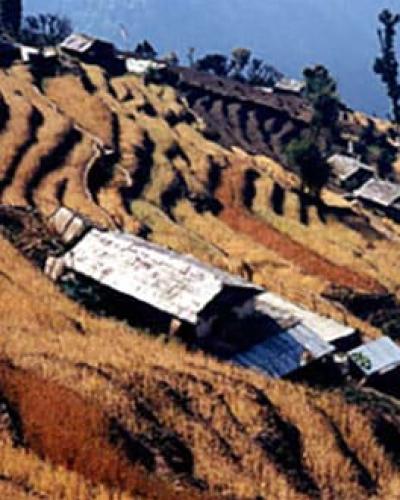The national language of Nepal is known as "Nepali". According to the most recent official census, conducted by the Government of Nepal in 2001, Nepal is home to around 20 million speakers of Nepali. Nepali is the mother tongue for 11 million people, and a lingua franca for many more. Outside of Nepal, Nepali is also spoken in northeast India and in much of Bhutan. On account of its widespread use in the states of West Bengal (particularly in the district of Darjeeling) and Sikkim, the Indian Constitution recognizes Nepali as a major language of India. In Bhutan, while Dzongkha is the national language, Nepali is widely spoken by people from diverse ethnic backgrounds.
Nepali is an Indo-Aryan language, and thus part of a linguistic grouping which includes other South Asian languages such as Hindi, Bengali, Marathi and Gujarati. Modern Indo-Aryan languages derive from Sanskrit, much as modern European languages are related to Latin. Nepali is written in the Devanagari (or 'Nagari') script, which is also used for Hindi, Marathi and Sanskrit. Nepali Devanagari has 12 vowels and 36 consonants and is essentially phonetic, meaning that the pronunciation closely maps onto the writing system. The script is written from left to right, with a top line indicating the word boundaries.
Writers such as Laxmi Prasad Devkota, Bhanu Bhakta Acharya and Lekh Nath Paudyal established Nepali as a literary language. Today, Nepali literature is alive and well with many young and active authors publishing in Nepal and abroad.
Nepali resources:
- Audio Files for Nepali Language Beginner's Course
The digitised audio files which accompany the introductory Nepali language course taught by Banu and Shambhu Oja. - Nepali-English/English-Nepali Glossary
Banu Oja, Shambhu Oja, Mark Turin and Elisabeth Uphoff's bilingual online Nepali-English glossary to accompany the beginner's language course. - Nepali Language Texts at Cornell
The beginner's primer and glossary can be bought from the South Asia Program at Cornell. Both texts were significantly updated in 2004. - Online Nepali Workbooks
Self-testing tools for students learning Nepali. - Digital Himalaya Project
A pilot project to develop digital collection, storage, and distribution strategies for multimedia anthropological information from the Himalayan region. Now based here at Cornell. - Nepal News
Daily news about Nepal, with audio, video and images files included. - The Nepali Times
The best and only English-language Nepali weekly. - Himal South Asian
A monthly magazine about South Asian politics and affairs. - Kantipur Online
The Kathmandu Post (in English) and Kantipur Daily (in Nepali). - Tibetan and Himalayan Digital Library
An international community using Web-based technologies to integrate diverse knowledge about Tibet and the Himalayas for free access from around the world. - Nepal Research.com
A website devoted to research on Nepal and the Himalayas.
Related people

Lecturer

